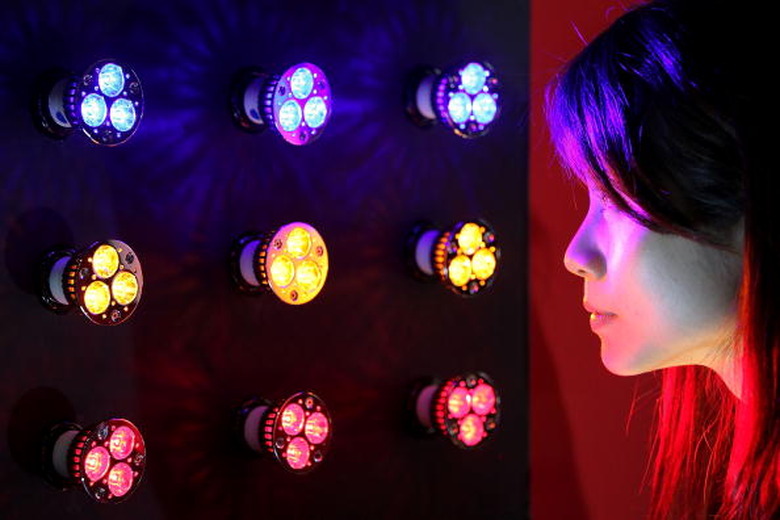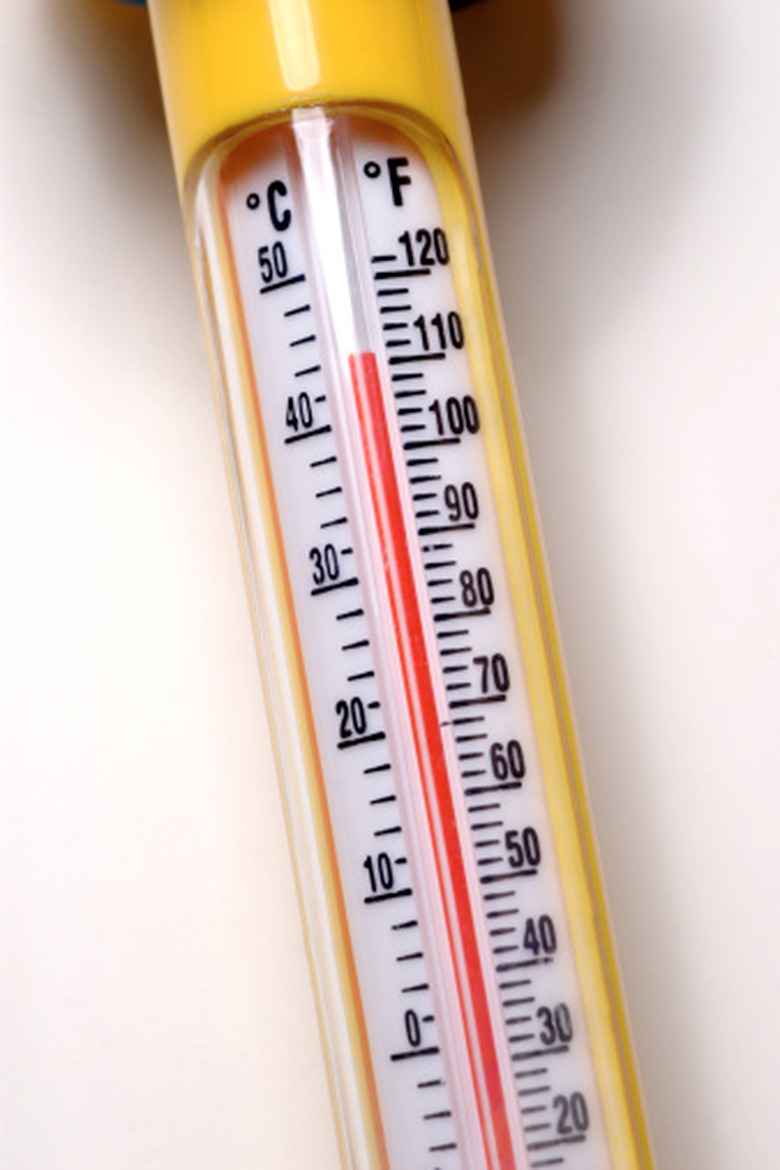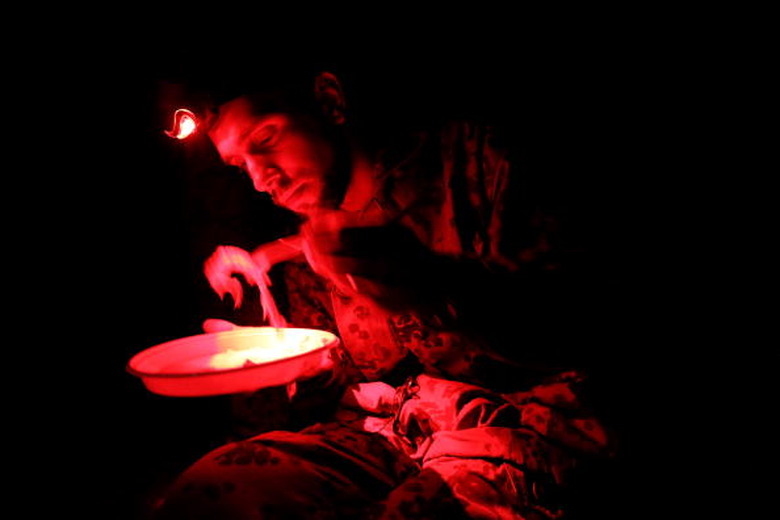How To Measure An LED's Brightness
The solid-state lighting industry had a problem. It was the early 2000s and solid-state lighting with light-emitting diodes (LEDs) was making great strides in efficiency, color quality, and brightness — but the customers were not showing up. Because the customers were unfamiliar with the new technology, they needed to trust LED manufacturers' claims about their performance — but everybody had a different measurement method. Finally the industry adopted measurement standards, and LED fixtures — luminaires — are now being actively sought by a variety of customers. One of the most important measurements is light output, which now has a standard governing its measurement.
Preparatory Steps
Step 1
Put the luminaire on a thermally-isolated mount.
Step 2
Stabilize the temperature at 25 degrees Celsius. Allow the luminaire and mount to come to thermal equilibrium.
Step 3
Connect the luminaire to an electrical supply that will provide the operating power specified by the luminaire manufacturer.
Step 4
Decide on the desired output: total integrated flux (overall brightness) or an intensity distribution (brightness as a function of angle).
Integrated Light Output
Step 1
Place the luminaire mount in the integrating sphere. For directional lamps the mounting should be at the side of the integrating sphere, otherwise, mount the fixture in the center of the sphere.
Step 2
Place the radiometer detector at a side port of the integrating sphere.
Step 3
Turn on the luminaire briefly and measure the light output.
Step 4
Multiply the light output by the calibration factor defined for the specific integrating sphere. This is the total lumen output of the luminaire. The calibration factors will normally be stored within the radiometer during the overall calibration process.
Measuring Intensity Distribution
Step 1
Place the luminaire in the goniometer mount.
Step 2
Place the radiometer detector on the measurement arm of the goniometer. The goniometer arm will move the detector around the luminaire, keeping it pointed at the light source at every angle.
Step 3
Turn the luminaire on briefly and record an output measurement.
Step 4
Move the goniometer arm to a new angle, wait for the luminaire to cool down, then turn it on briefly and record another output measurement.
Step 5
Repeat as necessary to measure over the output range of the luminaire. Then add the recorded measurements to determine total lumen output of the luminaire. This method will also provide a measurement of light output for each angle.
Things Needed
- LED luminaire (fixture)
- Thermally-isolated mount
- Electrical power supply
- Temperature stabilizer
- Integrating sphere
- Calibrated radiometer
- Goniometer
TL;DR (Too Long; Didn't Read)
For more details, get a copy of the Illuminating Engineering Society of North America's LM-79-08 Standard, "IES Approved Method for the Electrical and Photometric Measurements of Solid-State Lighting Products."
Cite This Article
MLA
Gaughan, Richard. "How To Measure An LED's Brightness" sciencing.com, https://www.sciencing.com/measure-leds-brightness-8387307/. 24 April 2017.
APA
Gaughan, Richard. (2017, April 24). How To Measure An LED's Brightness. sciencing.com. Retrieved from https://www.sciencing.com/measure-leds-brightness-8387307/
Chicago
Gaughan, Richard. How To Measure An LED's Brightness last modified March 24, 2022. https://www.sciencing.com/measure-leds-brightness-8387307/



